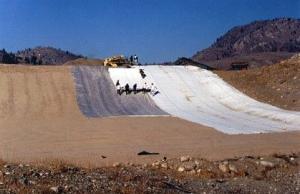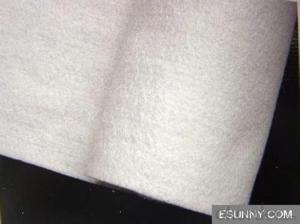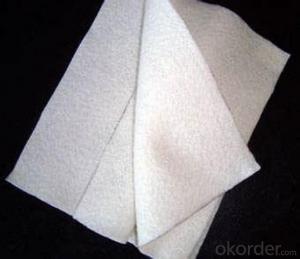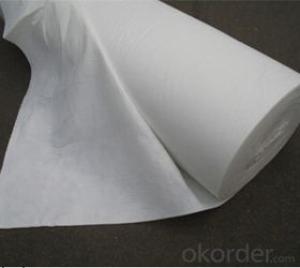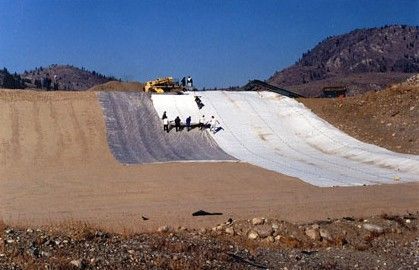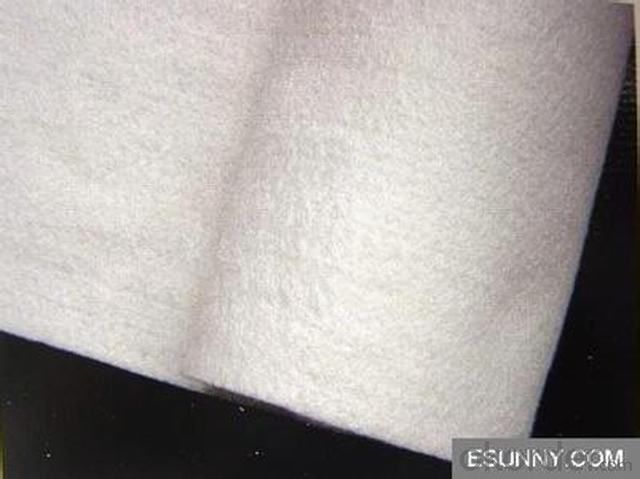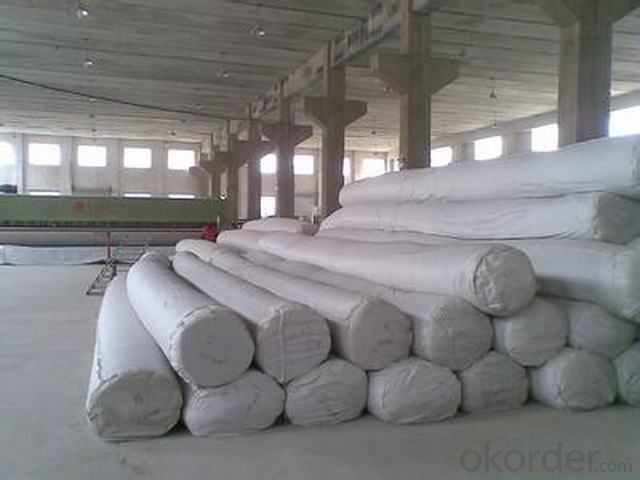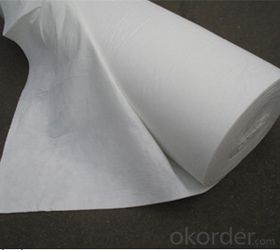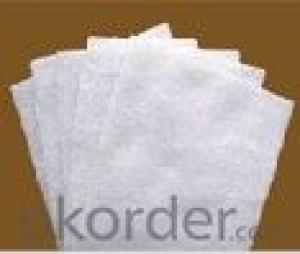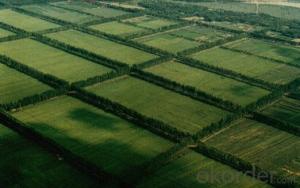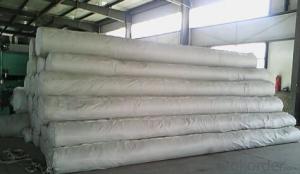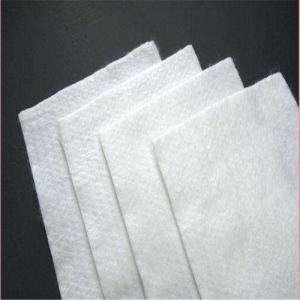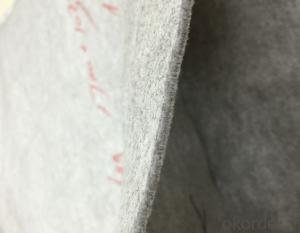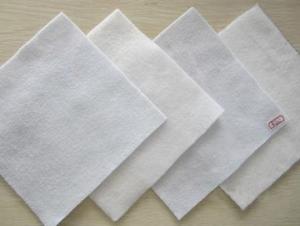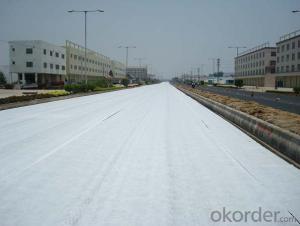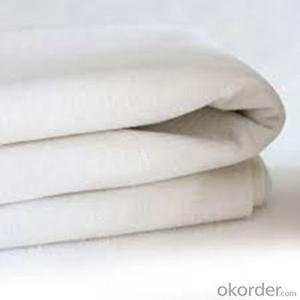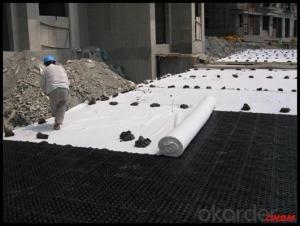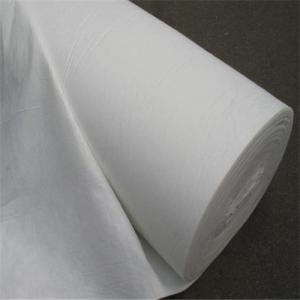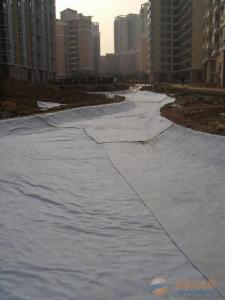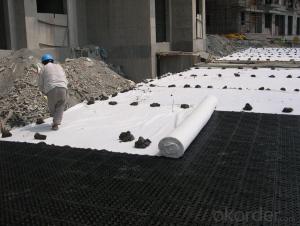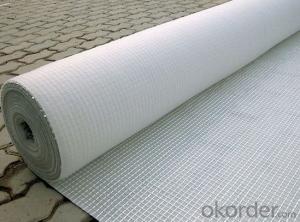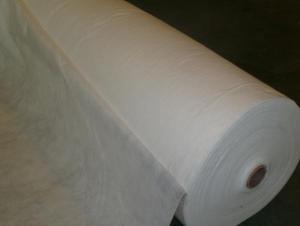Filament Polypropylene Geotextile for Coast Construction
- Loading Port:
- Qingdao
- Payment Terms:
- TT OR LC
- Min Order Qty:
- 20000 m²
- Supply Capability:
- 1500000 m²/month
OKorder Service Pledge
OKorder Financial Service
You Might Also Like
Application of Polypropylene geotextile for Coast Construction:
A: Subsurface drainage
B: Roadway separation
C: Hard armor underlayment
D:Asphalt overlay applications
Specification of Polypropylene geotextile for Coast Construction:
Item | Art No. | 1 | 2 | 3 | 4 | 5 | 6 | 7 | 8 | 9 | 10 | 11 |
Unit weight, g/m2 | 100 | 150 | 200 | 250 | 300 | 350 | 400 | 450 | 500 | 600 | 800 | |
Weight tolerance, % | -8 | -8 | -8 | -8 | -7 | -7 | -7 | -7 | -6 | -6 | -6 | |
Thickness, ≥mm | 0.9 | 1.3 | 1.7 | 2.1 | 2.4 | 2.7 | 3.0 | 3.3 | 3.6 | 4.1 | 5.0 | |
Break strength, ≥kN/m | 2.5 | 4.5 | 6.5 | 8.0 | 9.5 | 11.0 | 12.5 | 14.0 | 16.0 | 19.0 | 25.0 | |
CBR burst strength, ≥kN | 0.3 | 0.6 | 0.9 | 1.2 | 1.5 | 1.8 | 2.1 | 2.4 | 2.7 | 3.2 | 4.0 | |
Tear strength, ≥kN | 0.08 | 0.12 | 0.16 | 0.20 | 0.24 | 0.28 | 0.33 | 0.38 | 0.42 | 0.46 | 0.60 | |
Width tolerance, % | -0.5 | |||||||||||
Break elongation, % | 25-100 | |||||||||||
EOS O90, mm | 0.07-0.2 | |||||||||||
Vertical permeability coefficient, cm/s | K×(10-1-10-3)K=1.0-9.9 | |||||||||||
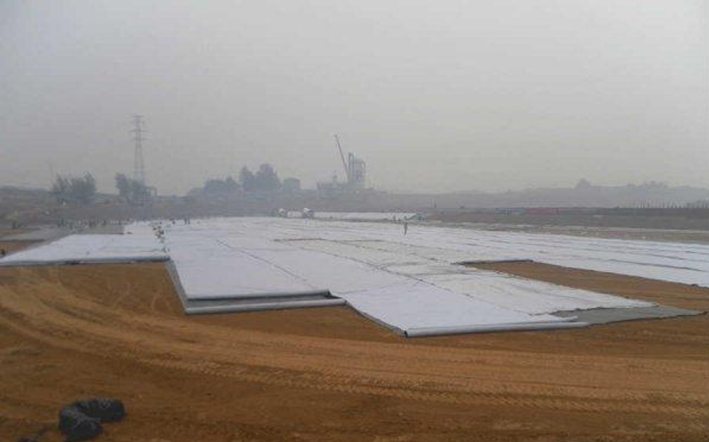
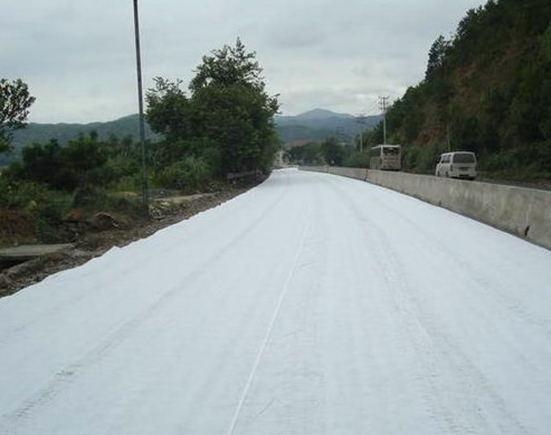
- Q: How do geotextiles help with erosion control in slope protection projects?
- Geotextiles are used in erosion control for slope protection projects by providing a barrier that stabilizes the soil, reduces water flow, and prevents sediment migration. They effectively control erosion by increasing soil cohesion, improving drainage, and enhancing vegetation growth, thereby preventing slope failure and minimizing the risk of erosion.
- Q: What are the key factors affecting the hydraulic conductivity of geotextiles?
- The key factors affecting the hydraulic conductivity of geotextiles include the porosity of the fabric, the thickness and density of the fibers, the weave or structure of the fabric, the surface roughness, and the presence of any clogging or fouling agents.
- Q: How do geotextiles help in soil reinforcement?
- Geotextiles help in soil reinforcement by providing a strong and stable layer that improves the overall load-bearing capacity of the soil. They act as a barrier, preventing soil erosion and promoting water drainage, which helps in maintaining the integrity of the soil structure. Additionally, geotextiles distribute the applied load more evenly, reducing the risk of soil settlement and improving the stability of slopes and embankments.
- Q: Acupuncture geotextile is divided into several kinds of how is it used?
- Acupuncture geotextile is now divided into two types, according to the fiber form to points. Continuous fiber called filament acupuncture non-woven geotextile. A few centimeters of length fibers made of staple fibers for nonwoven geotextiles. Use is not used, mainly used in geotechnical engineering in the filter, isolation, drainage and so on.
- Q: Water stability grassroots health permeable geotextile or plastic film is good?
- 1, geotextile cloth, high unit price. 2, plastic film poor maintenance, generally do not. 3, moisturizing cotton, grass mountain child with more.
- Q: How many grams of geotextiles on the top of the garage
- Drainage board is generally 1000 grams 20MM, geotextiles generally require 250 grams, you need to contact Huazhi geotechnical materials manufacturers to answer your questions
- Q: How do geotextiles contribute to groundwater recharge?
- Geotextiles contribute to groundwater recharge by acting as a permeable barrier that allows water to infiltrate the soil while preventing soil erosion. This helps to retain and replenish groundwater levels by promoting the natural process of water percolation and recharge into aquifers.
- Q: What are the different factors to consider for geotextile selection in mining applications?
- When selecting geotextiles for mining applications, several factors need to be considered. These include the required strength and durability of the geotextile to withstand the specific mining conditions, such as heavy loads, abrasion, and chemical exposure. The geotextile's filtration and drainage properties are also crucial in managing water flow and preventing soil erosion. Additionally, the geotextile's ability to resist biological degradation and UV radiation should be evaluated to ensure long-term performance. Lastly, cost-effectiveness and compliance with environmental regulations should be taken into account during geotextile selection for mining applications.
- Q: How do geotextiles aid in the reduction of soil compaction?
- Geotextiles aid in the reduction of soil compaction by providing a layer of material that distributes the load more evenly, reducing the pressure on the soil. This helps to improve soil structure, increase porosity, and enhance drainage, ultimately preventing soil compaction.
- Q: Are geotextiles suitable for use in canal lining?
- Yes, geotextiles are suitable for use in canal lining. They offer excellent filtration, erosion control, and separation capabilities, preventing soil erosion and enhancing the stability and longevity of the canal lining. Additionally, geotextiles can help with water drainage and resist degradation from exposure to UV rays and chemicals commonly found in canal environments.
Send your message to us
Filament Polypropylene Geotextile for Coast Construction
- Loading Port:
- Qingdao
- Payment Terms:
- TT OR LC
- Min Order Qty:
- 20000 m²
- Supply Capability:
- 1500000 m²/month
OKorder Service Pledge
OKorder Financial Service
Similar products
Hot products
Hot Searches
Related keywords
